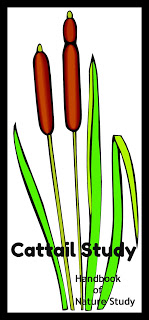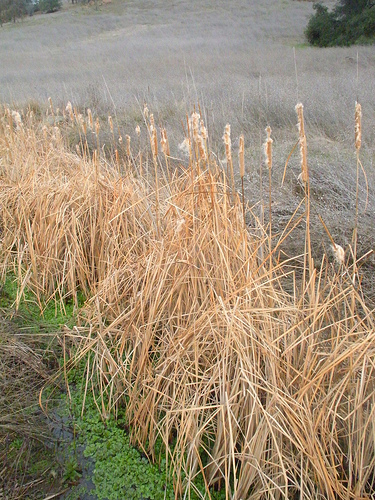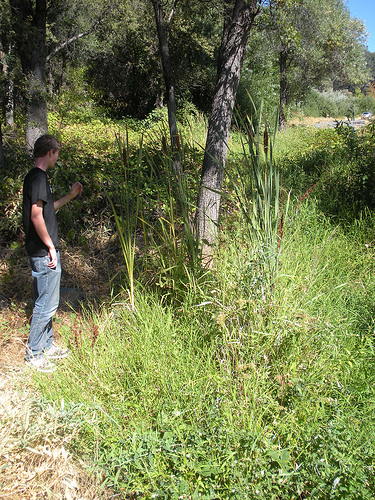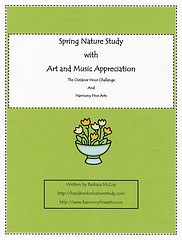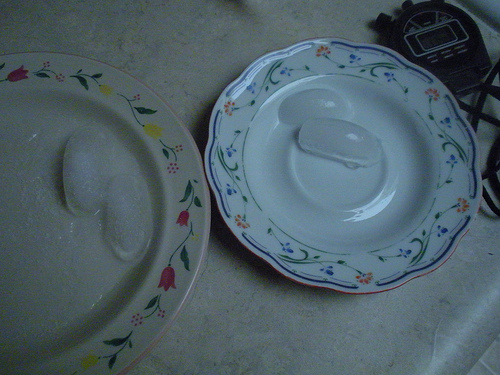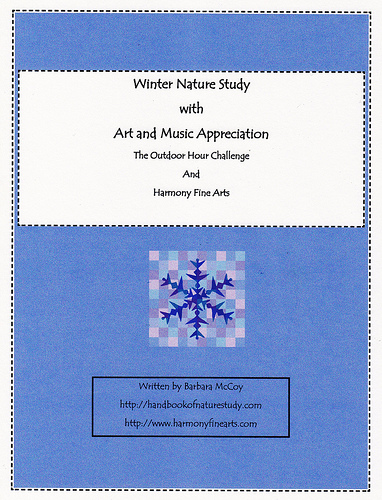
Can it truly be the last season of our year-long cattail study? This year has really gone by fast. I can remember the autumn study we completed for our cattails and how we noted so many interesting new things about them for the first time. The advice in the Handbook of Nature Study to study plants and trees over an entire year, watching in each season is one that we have learned so much from in our family.
We have now spent a complete round the circle observation of a patch of cattails just around the corner from our house. We drive by several times a week and each time I notice the cattails and how they change with the season.

After looking back on our previous entries, our cattails in summer look pretty much the same as our cattails in autumn. The biggest changes were from winter to spring.

The habitat was definitely wetter in the spring and the other vegetation was tall, thick, and green. Now the surrounding area filled in with berries and thistles. We realized that there is a path that some sort of animal has made to get down to the little creek, probably a mule deer. There is a family of deer that live along this stretch of the road and we see them several times a week.
Fall Study
We used our senses but the thing that impressed us the most was how smooth and long the leaves were. We noticed upon looking closer at the arrangement of the leaves and how they are attached to the stalk. Somehow we missed that observation in the other seasons. We tried to remove a leaf from the stalk and we were not successful. Usually someone has a knife in their pocket (that is what happens when you have boys) but not this time. We had to go back another time to get a sample to observe closely.
There were birds all around the cattails but not directly on them. The boys think the birds were attracted to the thistles, berries, and water that were available in the area that the cattails grew in big clumps. In the spring we had heard all kinds of insects in this area and now it was silent. We were hoping to see some frogs too, or at least hear them on this outing but it was very quiet.
I love these year-long studies that give us time and incentive to watch a common plant more closely.






